Cancer is often associated with older adults, but it can also impact young people, posing unique challenges. Unlike pediatric or geriatric oncology, cancer in young adults falls into a less-discussed category. Yet, the implications are profound, affecting education, careers, and family dynamics. Early detection is crucial as symptoms can be subtle and often dismissed as minor health issues. Beyond medical care, stories of young survivors highlight remarkable resilience, inspiring others navigating similar journeys.
In this blog, we’ll delve into common types of cancer in young adults, early warning signs, and the inspiring stories of individuals who overcame adversity with courage and determination.
Understanding Cancer in Young Adults
Young adulthood is typically considered a period of peak health, yet cancer cases among individuals aged 15 to 39 are rising. This age group faces unique challenges, including delayed diagnoses and limited tailored resources.
Common Types of Cancer in Young Adults
- Hodgkin Lymphoma: Affects lymphatic tissue, commonly seen in individuals in their 20s.
- Testicular Cancer: The most common cancer in young men, typically diagnosed between 20 and 34 years.
- Thyroid Cancer: More prevalent in women, with increasing cases in young adulthood.
- Melanoma: A dangerous skin cancer linked to UV exposure, often seen in those under 40.
- Breast Cancer: Although rarer, cases in young women often exhibit more aggressive traits.
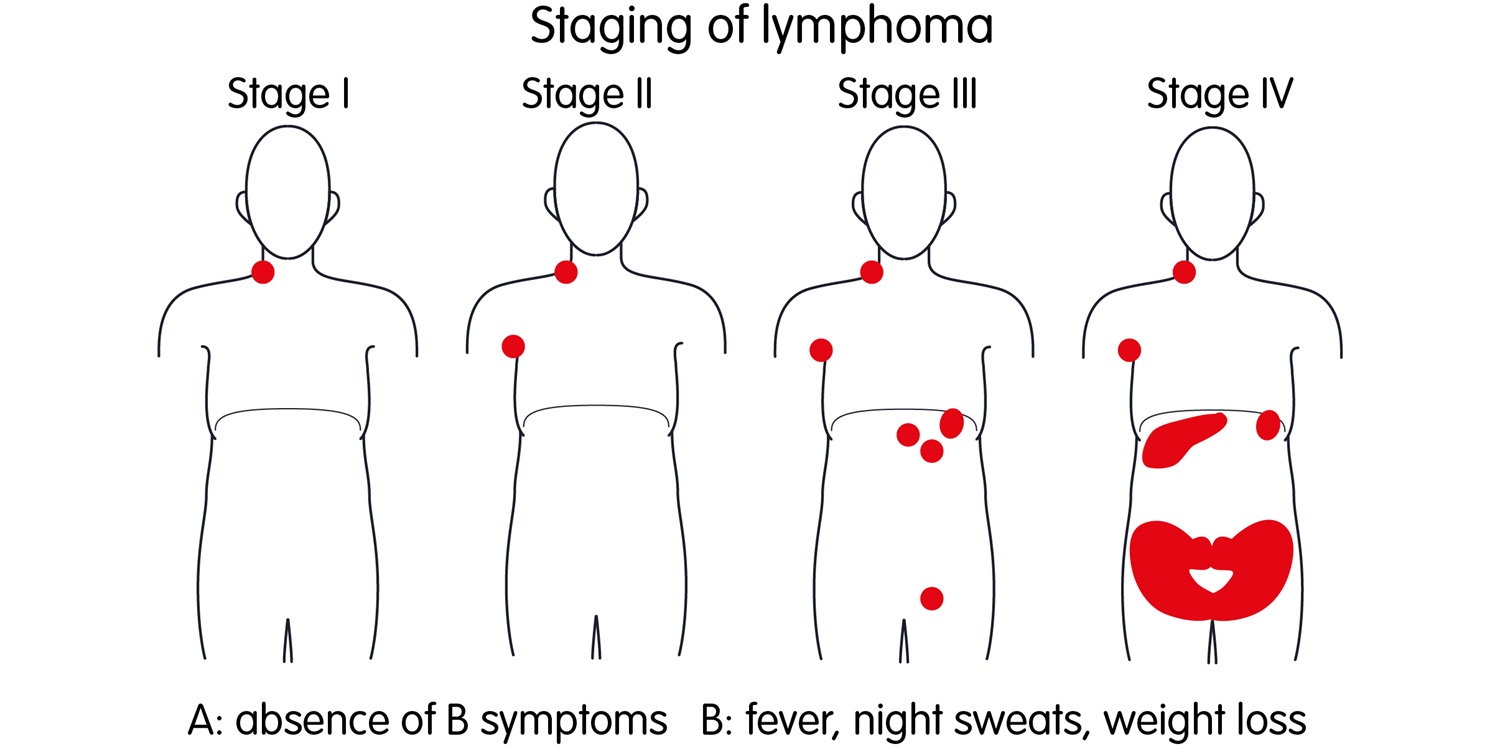
Key Signs and Symptoms to Watch For
Early detection can significantly improve outcomes. Young adults should remain vigilant about unusual health changes and seek medical attention promptly.
General Symptoms of Cancer
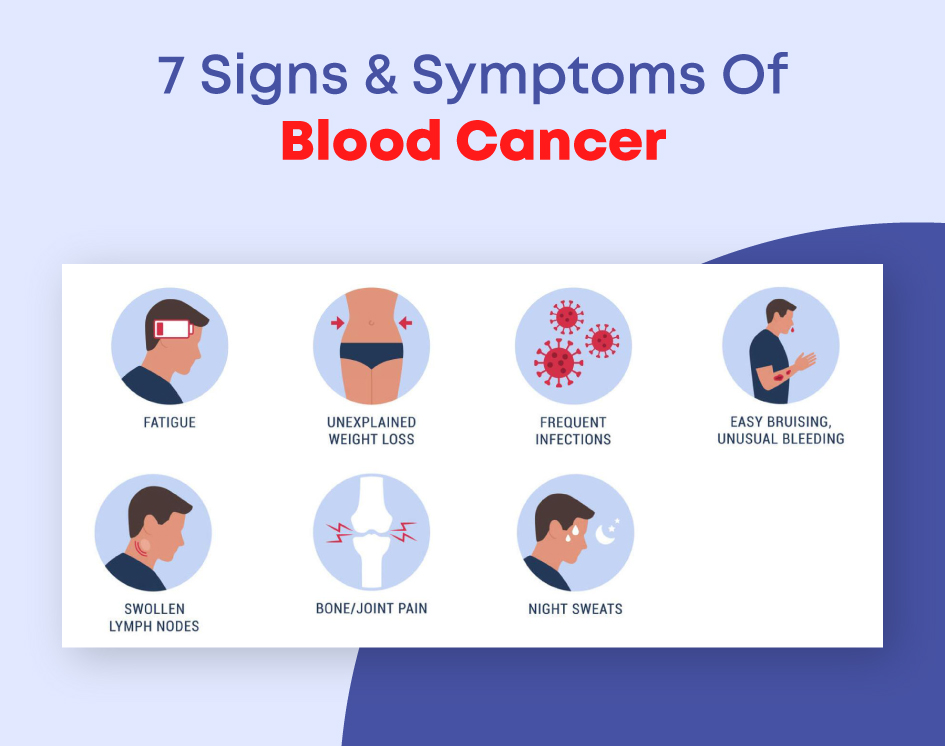
- Persistent Fatigue: Unexplained tiredness that doesn’t improve with rest.
- Unexplained Weight Changes: Rapid loss or gain without lifestyle changes.
- Lumps or Swelling: Particularly in the neck, testicles, or breasts.
- Persistent Pain: Chronic headaches, back pain, or abdominal discomfort.
- Changes in Skin: Moles that change in size, color, or texture.
- Frequent Infections or Fevers: Signs of a weakened immune system.
Cancer-Specific Warning Signs
- Thyroid Cancer: Hoarseness, difficulty swallowing, or a lump in the neck.
- Testicular Cancer: Swelling, heaviness, or pain in the scrotum.
- Hodgkin Lymphoma: Enlarged lymph nodes, night sweats, or itchy skin.
- Melanoma: Asymmetry, irregular borders, or multiple colors in a mole.
Proactive health monitoring and regular check-ups can help catch these symptoms early.
Why Cancer in Young Adults Is Often Overlooked
1. Delayed Diagnosis
Many young adults are considered low-risk for cancer, leading to misdiagnoses or delayed medical investigations.
2. Symptoms Mimic Other Conditions
Fatigue, weight changes, and pain can be attributed to stress, hormonal changes, or other non-cancerous issues.
3. Healthcare Accessibility
Young adults transitioning from pediatric to adult care may face gaps in medical support or insurance coverage.
Awareness campaigns targeting this age group are critical to improving diagnosis rates and outcomes.
Unique Challenges for Young Adults with Cancer
Cancer during young adulthood intersects with pivotal life moments, creating distinct hurdles.
1. Impact on Education and Careers
- Treatment schedules and side effects disrupt studies or work commitments.
- Survivors may face discrimination when returning to school or the workplace.
2. Mental Health Struggles
- Anxiety, depression, and isolation are common due to the physical and emotional toll of cancer.
- Limited peer support can exacerbate feelings of loneliness.
3. Fertility Concerns
- Certain treatments, like chemotherapy, can affect fertility, prompting difficult decisions about family planning.
4. Financial Burden
- Young adults often lack substantial savings or employer-sponsored insurance, leading to significant medical debt.
Stories of Resilience: Young Adults Who Overcame Cancer
Personal accounts of survival serve as powerful reminders of human strength and determination. These stories not only inspire but also offer practical insights into navigating a cancer diagnosis.
Sarah’s Battle with Hodgkin Lymphoma
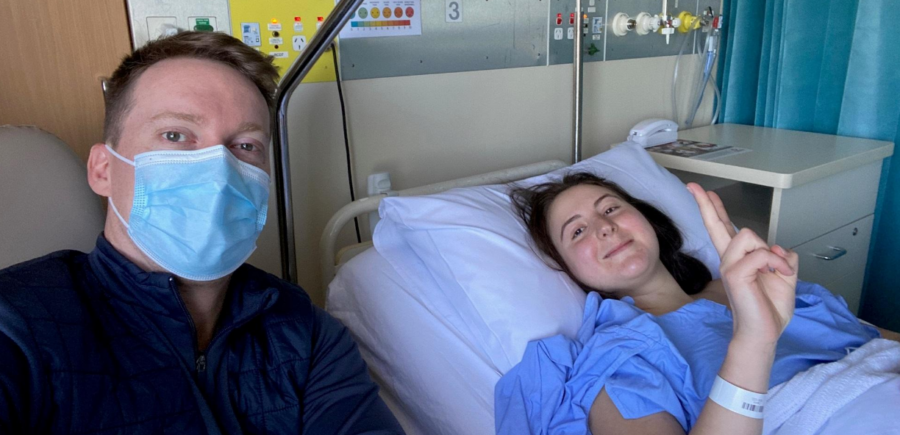
Diagnosed at 27, Sarah initially mistook her swollen lymph nodes for a reaction to stress. Following months of treatment, she emerged cancer-free and now advocates for early detection, emphasizing the importance of listening to one’s body.
David’s Journey with Testicular Cancer
At 22, David noticed a small lump but delayed seeking care out of embarrassment. His early-stage diagnosis and treatment led to full recovery. Today, he shares his story to encourage other men to prioritize their health.
Mia’s Fight Against Thyroid Cancer
Mia’s persistent hoarseness and throat discomfort led to a diagnosis of thyroid cancer at 35. Her treatment was successful, and she now mentors young women navigating similar health challenges.
These stories highlight the importance of awareness, community support, and resilience.
The Role of Support Networks
Young adults facing cancer benefit immensely from robust support systems, including family, friends, and healthcare providers.
1. Family and Friends
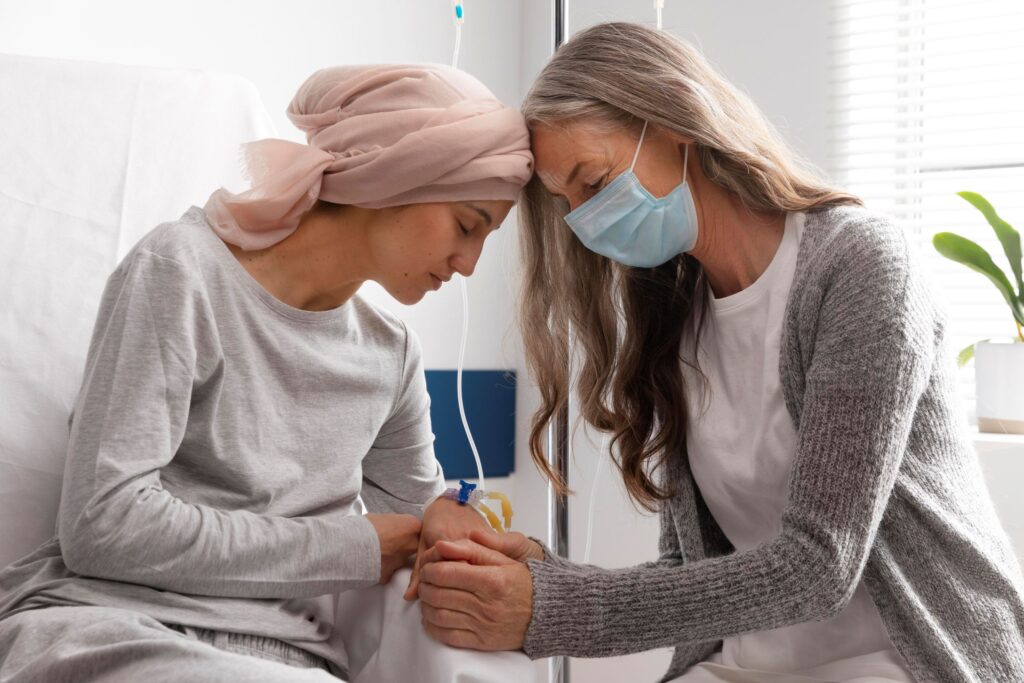
- Offer emotional support, from attending appointments to simply listening.
- Provide practical help, such as meal preparation or transportation.
2. Support Groups
- Peer groups help young adults connect with others who understand their struggles.
- Online communities offer additional flexibility for sharing experiences and advice.
3. Mental Health Resources

- Counseling and therapy can address the psychological challenges of living with cancer.
- Mindfulness and stress management techniques help improve mental well-being.
Building a strong support network is crucial for emotional and physical recovery.
Advancements in Treating Young Adult Cancers
Treatment options continue to evolve, offering improved survival rates and quality of life.
1. Personalized Medicine
Genetic profiling helps identify therapies tailored to an individual’s cancer type, increasing effectiveness.
2. Immunotherapy
Harnessing the body’s immune system to fight cancer is showing promise in treating Hodgkin lymphoma and melanoma.
3. Fertility Preservation
New techniques, such as cryopreservation, allow patients to safeguard their fertility before treatment.
4. Telemedicine
Virtual consultations enable better access to specialists, particularly for those in rural areas.
These advancements provide hope for young adults battling cancer.
Preventing Cancer in Young Adults
While not all cancers are preventable, certain lifestyle choices can significantly lower risk.
1. Avoid Tobacco Products

Smoking and vaping are leading contributors to various cancers.
2. Protect Against UV Rays
- Wear sunscreen and avoid tanning beds.
- Conduct regular skin checks for early signs of melanoma.
3. Maintain a Healthy Diet
Focus on nutrient-rich foods, limiting processed and red meats.
4. Regular Screenings
- Perform self-examinations for breast and testicular cancer.
- Discuss family history with a healthcare provider to determine necessary screenings.
Awareness and proactive health management can go a long way in reducing risk.
Conclusion: A Message of Hope
Cancer in young adults is a challenging yet surmountable journey. Recognizing early warning signs, seeking timely medical care, and building a strong support network are essential steps. Advances in treatment options continue to improve outcomes, while stories of resilience inspire others to face their diagnoses with courage. By spreading awareness and fostering a proactive approach to health, we can empower young adults to navigate cancer with strength and hope for the future. If you or someone you know is navigating cancer, remember: you are not alone, and there is always support available. Don’t forget to share your thoughts or experiences in the comments below—we’d love to hear from you!
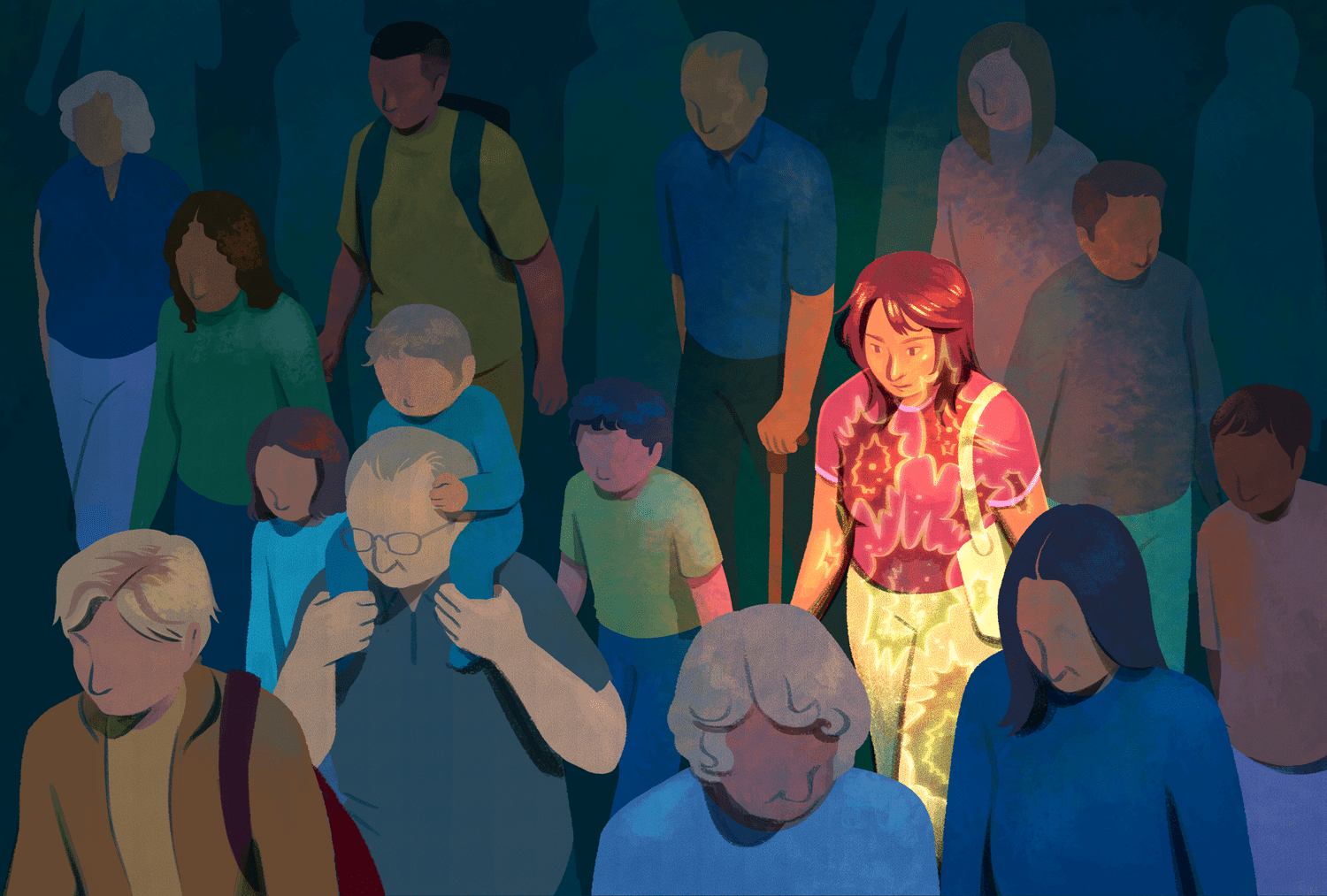
Leave a Reply